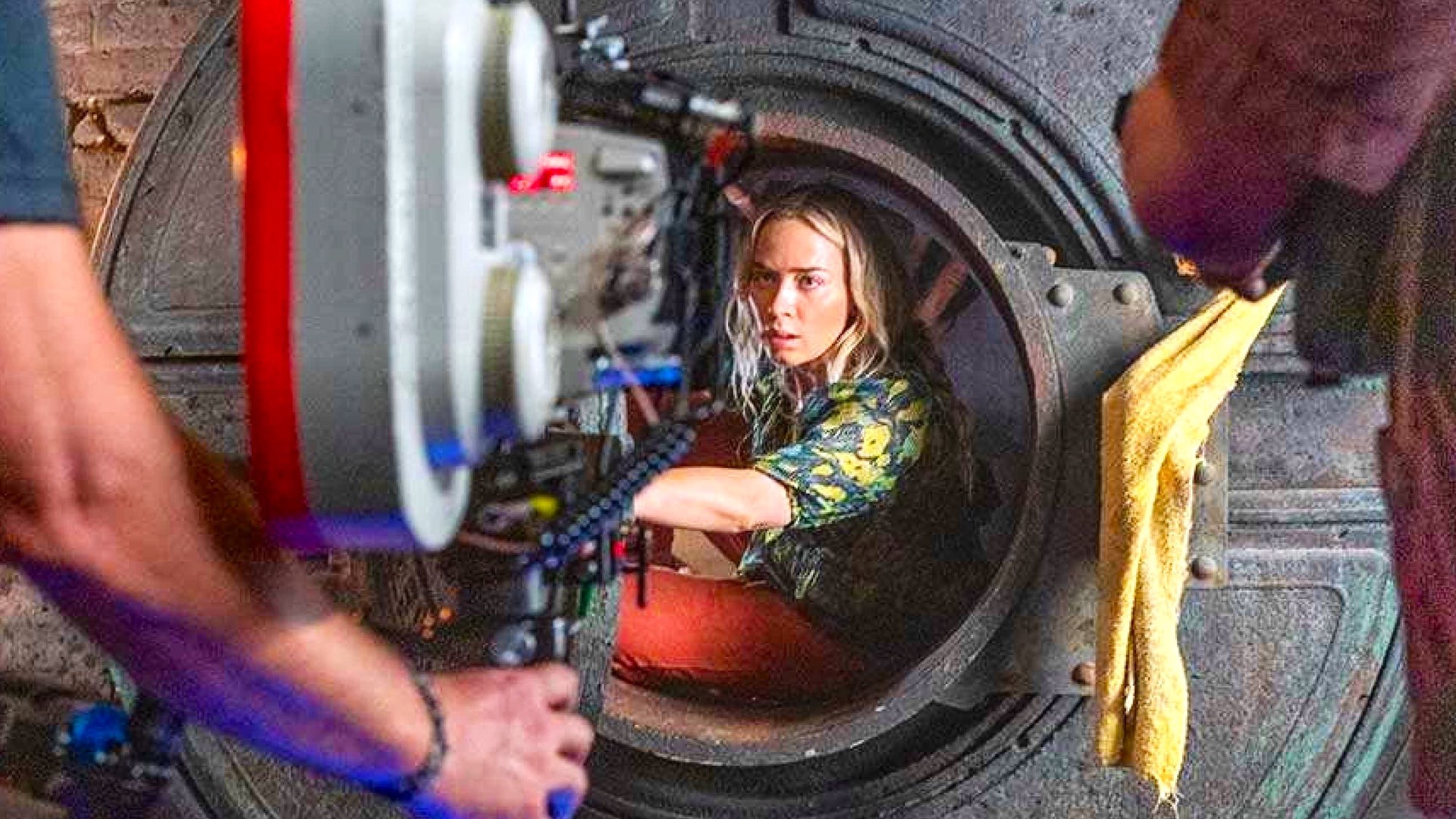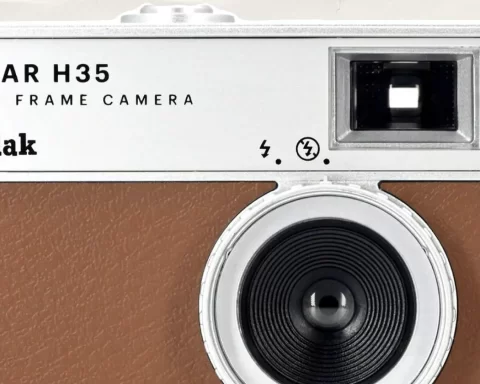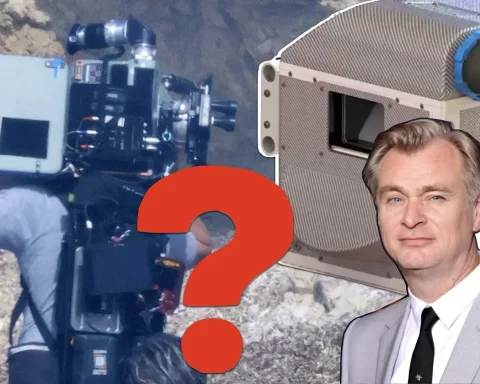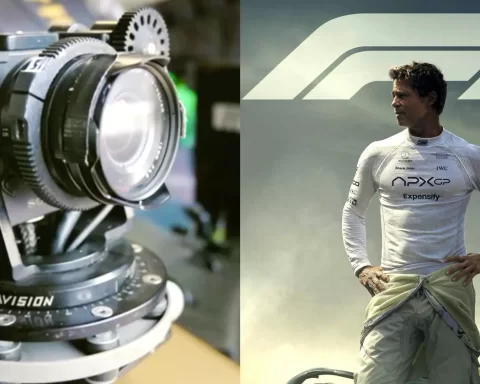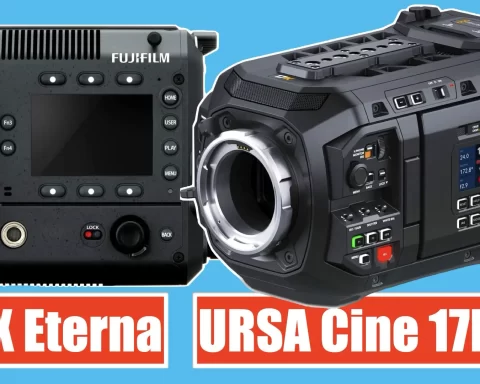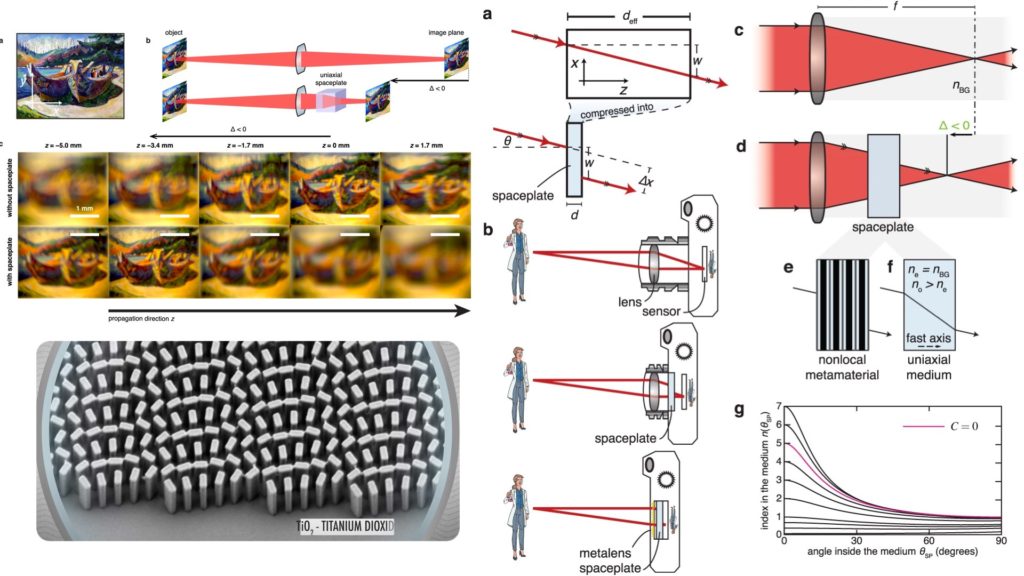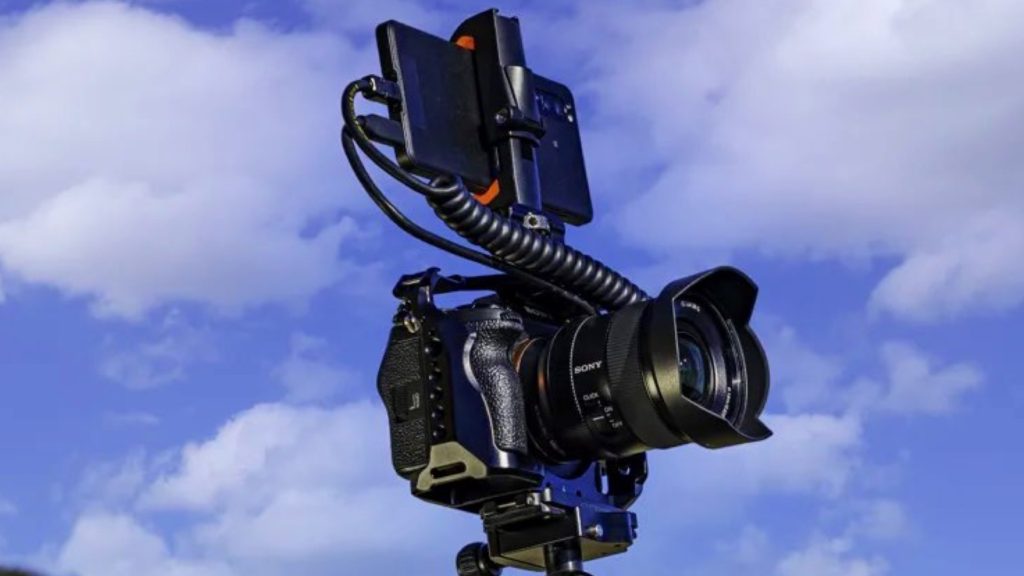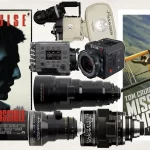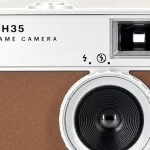In ‘A Quiet Place Part II‘ there’s more to hear than see. Although the film looks great, and Kodak’s film stock has its presence, the sounds are taking over the imagery. The movie turns the theater into a quiet place, that your smashed popcorn will be heard for distance. This movie must be seen on IMAX, and not because of the images, but because of the sounds. Hear(!) our review.
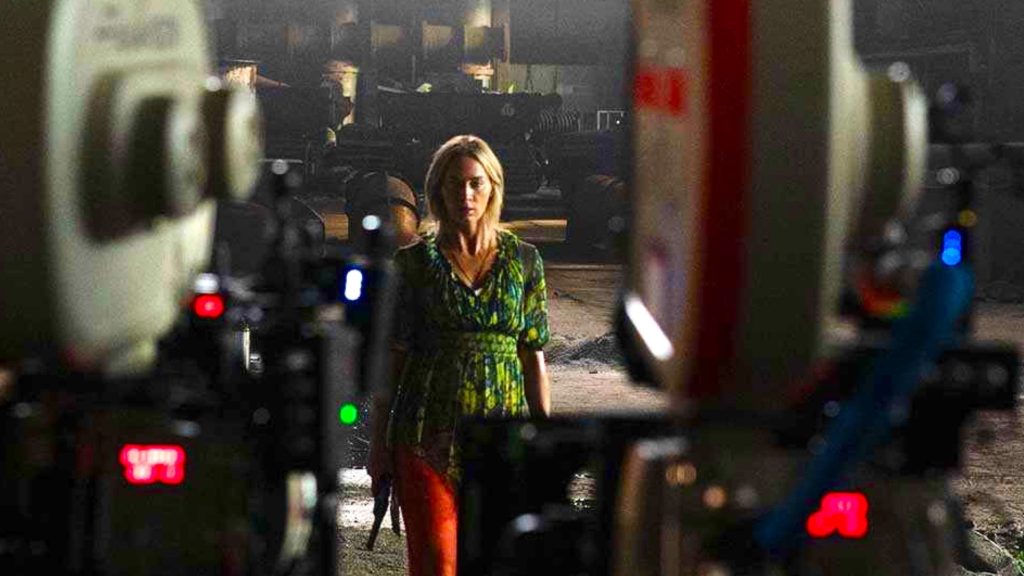
Shot on film – A brave artistic decision
A Quiet Place Part II was produced under Paramount Pictures with a budget of $61 million (compared to $17 million on the first feature). The film was written and directed by John Krasinski, and shot by cinematographer Polly Morgan BSC ASC who replaced Charlotte Bruus Christensen from the first film. Morgan continued the first film’s use of 35 mm film derived from the main camera which is the Panavision Panaflex Millennium XL2, paired with the Panavision T-Series anamorphic lenses, which had been adjusted to match the C-Series lenses Christensen used on the first film.
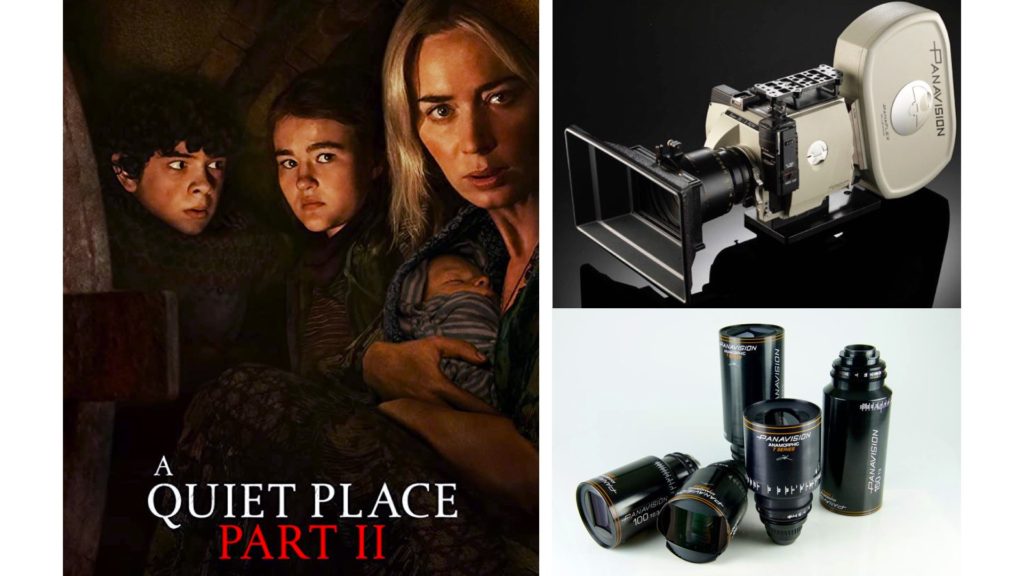
The film is characterized by a lot of close-ups. The anamorphic look and strong flare of the T-series glass, combining with Kodak’s film-stock, boost the presence of the characters.
Furthermore, Morgan has utilized different Kodak film stocks for day exteriors and night scenes that were characterized by their extensive dark situations. The decision to shoot on film was derived from the desired look and feel, and the goal to grant the movie a nostalgic vivid look, rather than a gothic dark style that reminds classic horror movies. Indeed, the decision to shoot on film elevated the challenges in many aspects, especially overcoming low light situations. There’s noticeable darkness when watching the movie in the theater, that seems like the blacks are crushed. However, the beauty of film stock defeats that.
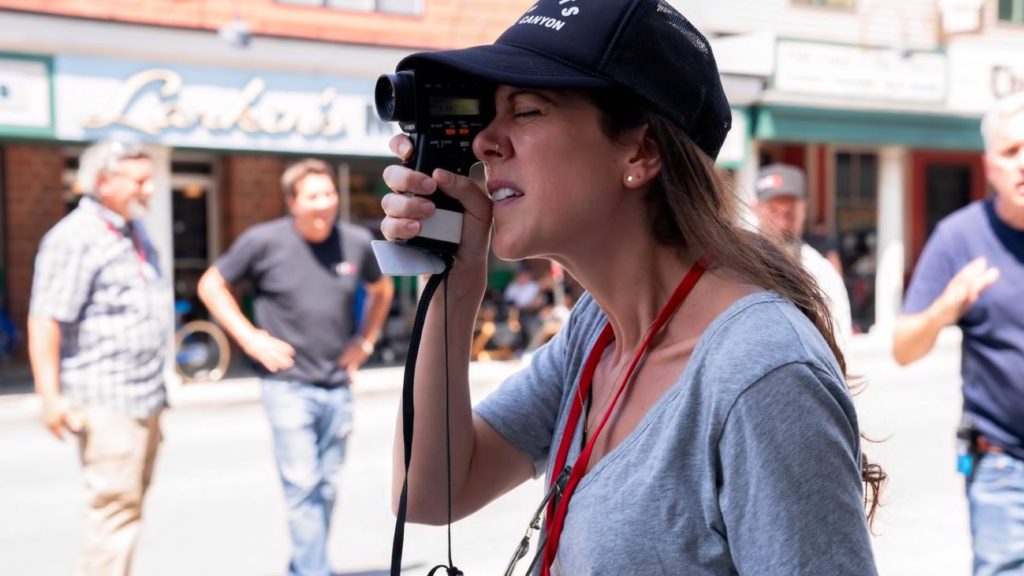
Although Michael Bay was the producer of the film, the camera movements are well calculated. There’s no exaggeration in-camera kinetics.
Camera movements
Although Michael Bay was the producer of the film, the camera movements are well calculated. There’s no exaggeration in-camera kinetics. Nevertheless, Morgan said that Krasinski wanted to always keep the camera moving and create long takes to play with rhythm and tension. Which led to“a lot of complicated choreography” as stated by Morgan (for instance, the vehicle scene which incorporates sophisticated yet known cinematography technique). It must be noted that the Panaflex with 65mm magazine is a pretty heavy camera, so every movement has to be well planned and stitched to the story.
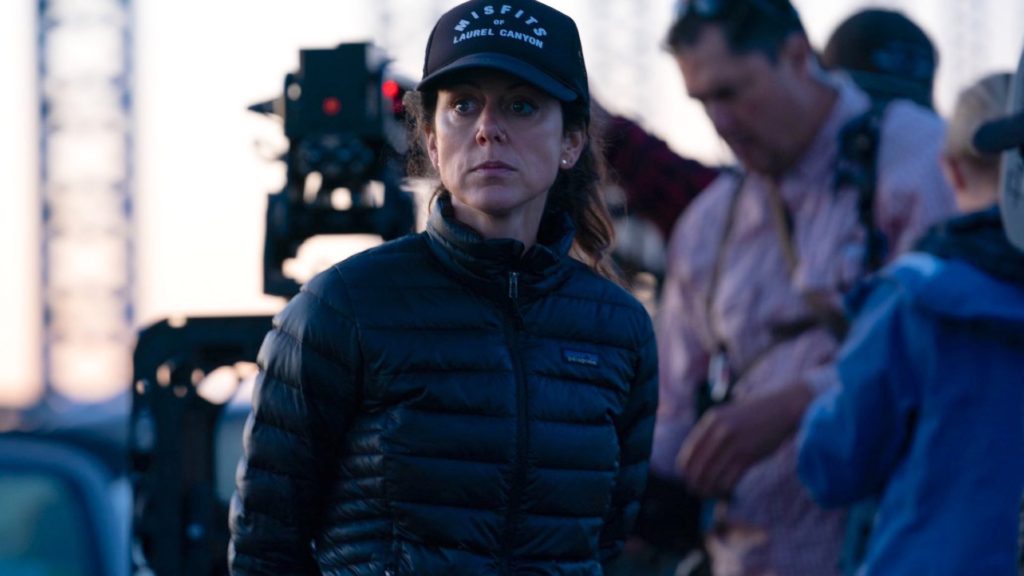
There’s noticeable darkness when watching the movie in the theater, that seems like the blacks are crushed. However, the beauty of film stock defeats that.
Sound design
It’s well known that sounds constitute a major part of the movie. However, in ‘A Quiet Place Part II’, the sound is the main component. There’re many parts of the movie with complete silence, and then without any notice nor crescendo, there’s an explosion of sound. The combination of the pure darkness of the film stock, with the well-implemented sounds, contribute to building the tension and enhanced dramaturgy.
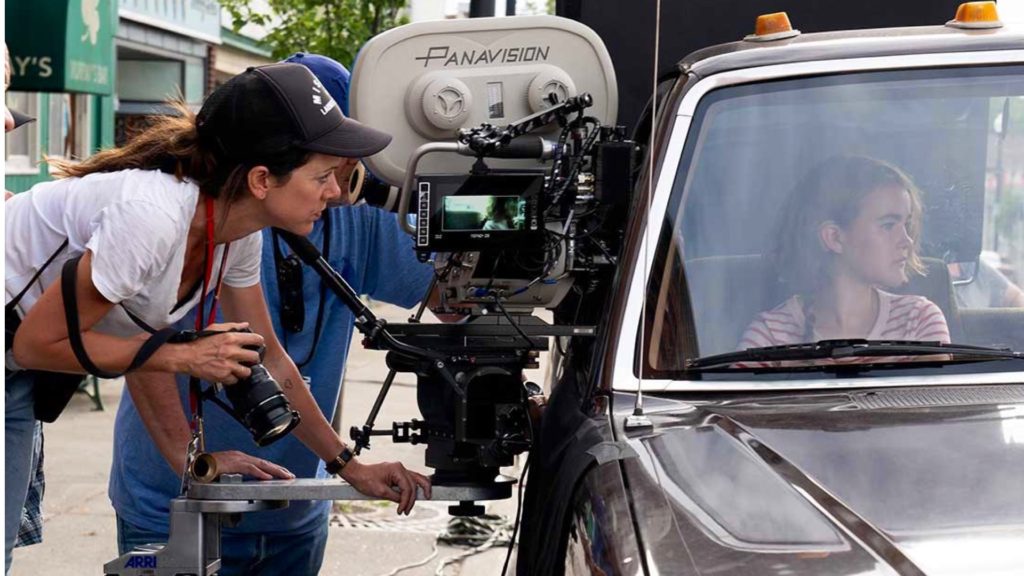
Close-ups
The film is characterized by a lot of close-ups. The anamorphic look and strong flare of the T-series glass, combining with Kodak’s film-stock, boost the presence of the characters. Furthermore, Morgan stated that she shot on a wide aperture (T2.8) and not only because of the dark environments but also to add more impact to the characters. Thus, a lot of close-ups are presented. By the way, this approach was allowed due to the close-focus capabilities of the T-series.
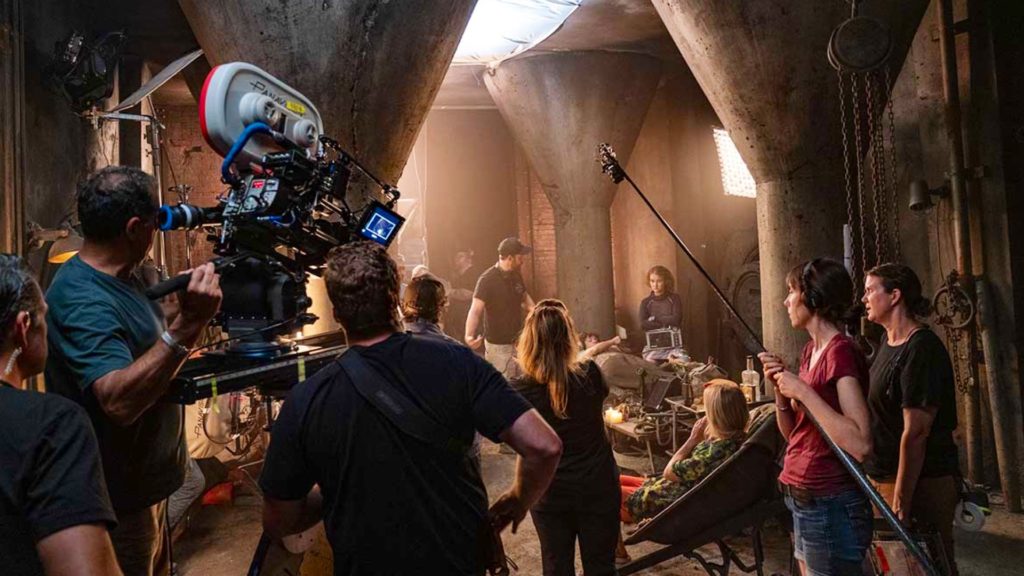
There’re many parts of the movie with complete silence, and then without any notice nor crescendo, there’s an explosion of sound. The combination of the pure darkness of the film stock, with the well-implemented sounds, contribute to building the tension and enhanced dramaturgy.
IMAX screening
I saw the movie at an IMAX theater. Although the movie wasn’t shot on IMAX cameras, the XL2 is a pretty capable camera for the huge canvas. The imagery is stunning, and the tension is amplified when screened in a large theater. Furthermore, IMAX theater has much more sound capabilities compared to a traditional theater, which means, the sound impact of ‘A Quiet Place Part II” is significantly boosted. Go see this movie in an IMAX theater and not because of its images, but because of its sounds.
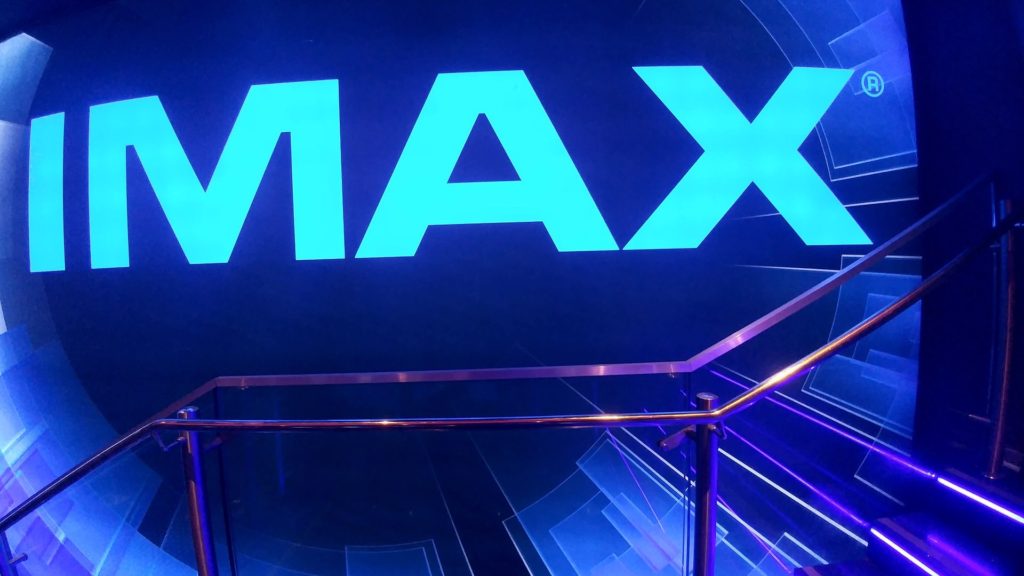
Go see this movie in an IMAX theater and not because of its images, but because of its sounds.
Final thoughts
‘A Quiet Place Part II’ can be defined as a wonderful and special movie experience, made especially for moviegoers that appreciate good imagery combined with precious sounds. It’s not a conventional horror movie, but more a drama. Shot on film, when every sequence counts, and well paired with precise sounds, this film will justify the price for the ticket. However, go see it in an IMAX theater, in order to get the maximum of its sounds. ‘A Quiet Place Part II’ is not a movie that must be seen, but must be heard.
Have you watched ‘A Quiet Place Part II’? Feel free to share your thoughts in the comments section below.

